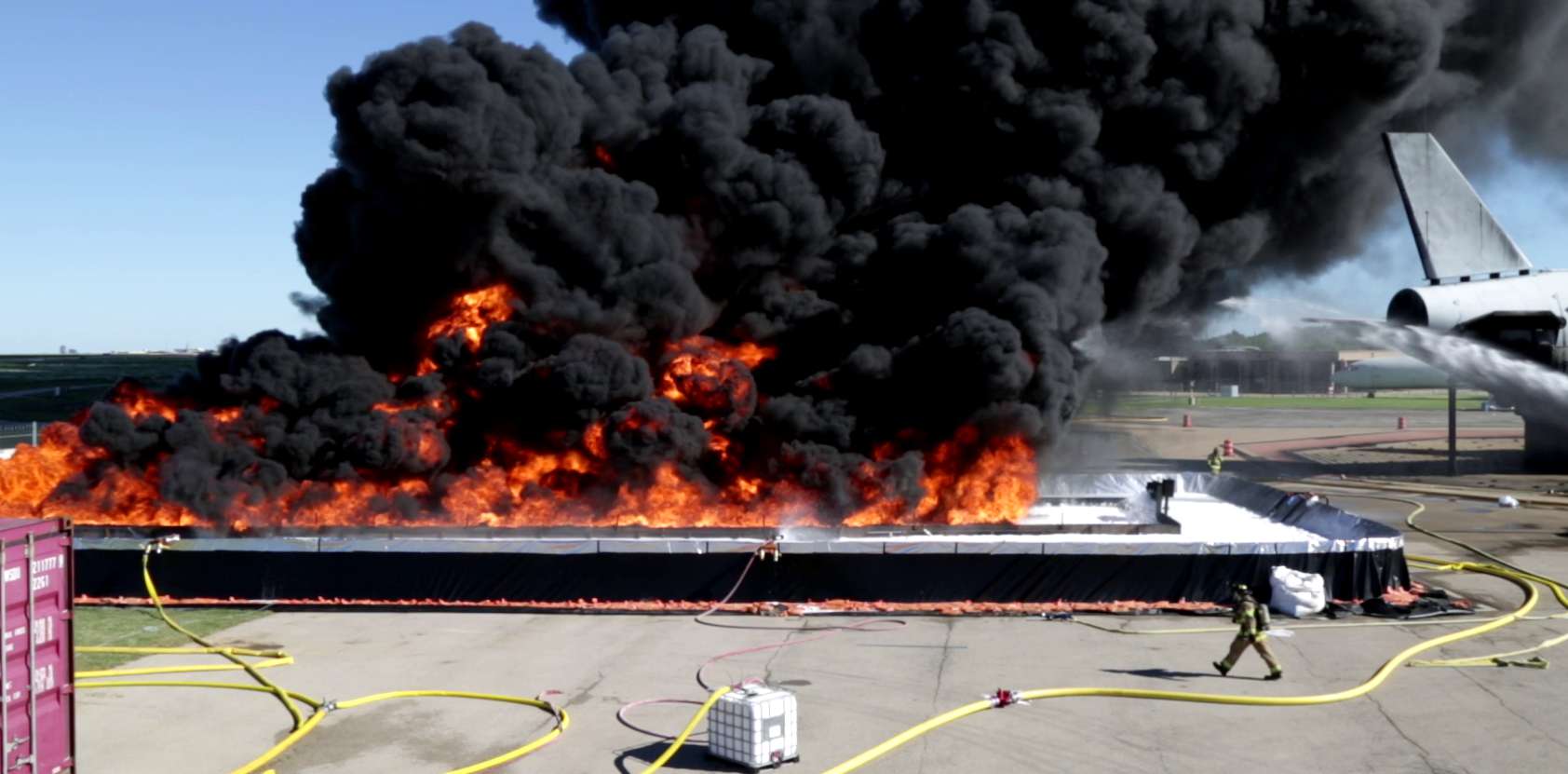Task
A fire hazard analysis is used as a basis from which potential gaps in incident detection, fire protection and fire response can be identified. It can also be used to identify requirements for items such as required firewater capacity and egress routes.
Action
The principle methodology for completing a Fire Hazard Assessment are as follows:
-
- Define the scenarios. Typically gas or liquid jet/spray fires as well as unignited releases and/or flash fires and BLEVE where appropriate dependent on the installation
- Provide an understanding of the scale, intensity and duration of credible fires
- Identify the impact of fires on operating personnel, plant equipment, and facilities
- Provide input to define the performance of Safety Critical Design Measures (SCDMs) which control or mitigate the effects of fires e.g.
- Fire water system design basis
- Passive Fire Protection (PFP)
- Isolation requirements
- Incident detection
- Drainage and tertiary containment
- Egress, actuation points and safe refuge
- Emergency Response Plans (ERPs)
Services Provided
- Site visit to review potential hazard and risks
- Facilitation of a Fire Hazard Analysis Workshop
- Development of consequence analysis
- Report detailing the findings and recommendations
Result
Detailed Fire Assessment study to provide impact and guidance for fire water demand and emergency response planning.


